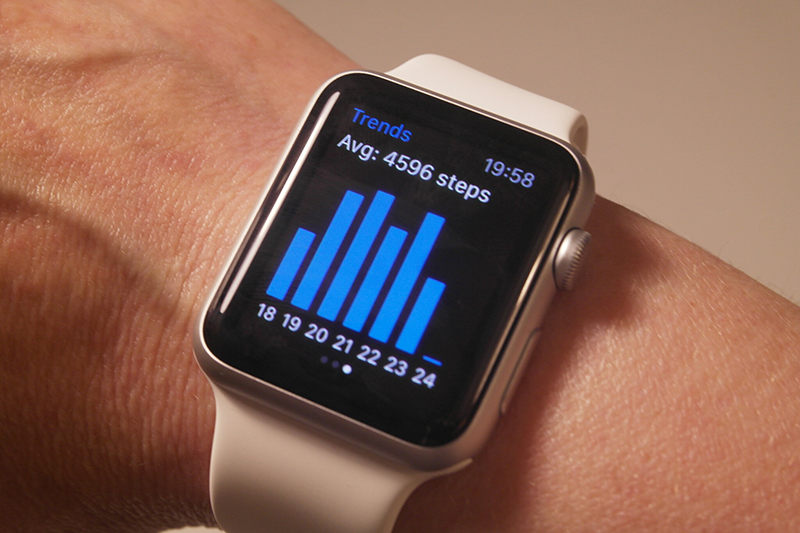Deconstructing the 10,000 Steps Rule: Solid Science or Speculation?

Arbitrary Origins
The 10,000-step rule can be traced back to Japan in the 1960s, when a company called Yamasa Clock popularized a personal pedometer (a device that tracks the number of steps you take) called Manpo-Kei, which literally means “10,000 step counter.” The number caught on and has been used as a general guideline ever since.But was this number based on robust research? The short answer is no – it's a rather arbitrary target with no scientific basis. While attaining 10,000 steps per day is a perfectly reasonable goal, many studies have found that smaller amounts of physical activity can also impart significant health benefits.
What Does the Research Say?
One study, for example, found that women who averaged only 4,400 steps per day exhibited significantly lower mortality rates than those who averaged fewer. Longevity benefits from more physical activity actually diminished after approximately 7,500 steps per day [1].
A 2020 study published in JAMA had similar results, as shown in the graph below [2]. As you can glean from the data, the benefits don’t start at 10,000 steps; they accrue all the way from zero, with the most significant longevity gains on the lower end of the spectrum.

Source: Saint-Maurice, P. F., Troiano, R. P., Bassett, D. R., Graubard, B. I., Carlson, S. A., Shiroma, E. J., ... & Matthews, C. E. (2020). Association of daily step count and step intensity with mortality among US adults. Jama, 323(12), 1151-1160.
While the 10,000-step goal is a decent benchmark, it can be intimidating for people who are currently only getting 2,000, or 3,000 steps per day. 'If I can’t get 10,000 steps, what’s the point?' Someone might think. Those folks can take solace in the fact that marginal changes yield massive health benefits, especially for the least active among us.
What Does This Mean for You?
If you're already getting close to 10,000 steps a day, then you're certainly on the right track. But if you're someone who struggles to hit that number, don't despair. Even small increases in your physical activity can have a big impact on your health.
As the French writer Voltaire reminds us, “the perfect is the enemy of the good.” You don’t need to make radical changes to see progress. Take a 10-minute walk after every meal, or go for a short walk during your lunch break. If you have a desk job, try standing up and walking around for a few minutes every hour. These small changes can add up over time and massively improve your overall health and well-being.
References
[1] Lee, I. M., Shiroma, E. J., Kamada, M., Bassett, D. R., Matthews, C. E., & Buring, J. E. (2019). Association of step volume and intensity with all-cause mortality in older women. JAMA internal medicine, 179(8), 1105-1112.
[2] Saint-Maurice, P. F., Troiano, R. P., Bassett, D. R., Graubard, B. I., Carlson, S. A., Shiroma, E. J., ... & Matthews, C. E. (2020). Association of daily step count and step intensity with mortality among US adults. Jama, 323(12), 1151-1160.














